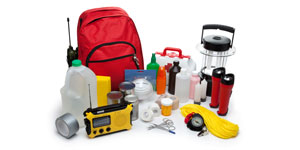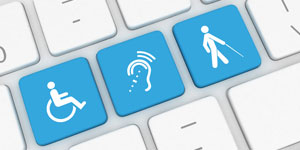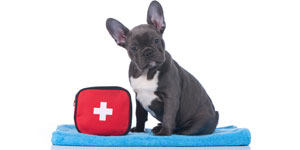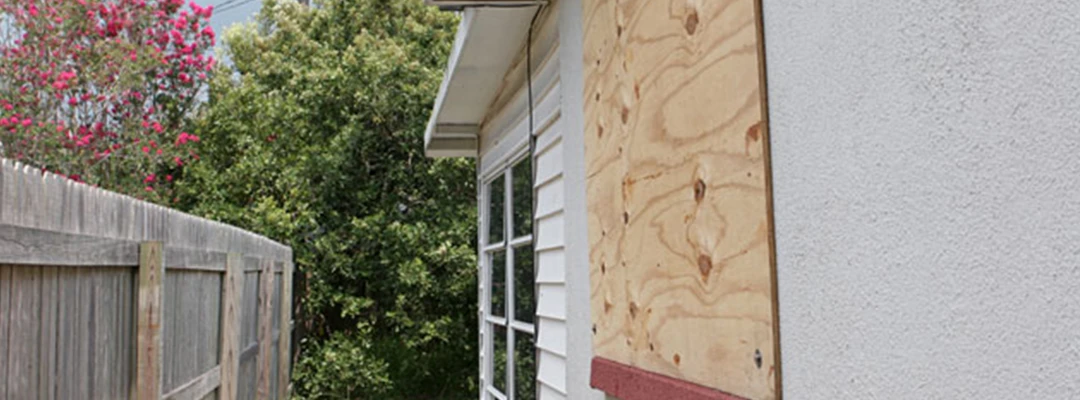Preparedness is a whole-community approach. However, preparedness starts with you!
At times, you might be the "help" until professional help arrives, so learning skills and being familiar with various types of disasters — natural, technological, or human-caused — are the two best things you can do to be most effective.
SO WHAT? In short, being prepared can save lives and speed up recovery during and after a disaster strikes.
A disaster supply kit is a collection of essential items your household may need during and after an emergency. You should have a kit at home and also at your place of work. At work, try to include a pair of comfortable shoes in case you need to walk to a sheltered area. It's best to assume that during or after an emergency or natural disaster, roads will be inaccessible by vehicles, and public transportation will be shut down.
Try to assemble your kit well in advance of an emergency. You may have to evacuate at a moment's notice and take essentials with you. You will probably not have time to search for the supplies you need or shop for them.
You may need to survive on your own after an emergency, so plan to have food, water, and other supplies that can sufficiently last you at least 72 hours. Local officials and relief workers will be on the scene after a disaster, though they will not reach everyone immediately. You could get help within hours, or it might take days.
Additionally, essential services such as electricity, gas, water, sewage treatment, and telephones may be cut off for days, even a week or longer. Your supplies kit should contain items to help you manage during these outages.
COLLECT
Create a paper copy of the contact information for your family and other important people/offices, such as medical facilities, doctors, schools, or service providers.
SHARE
Make sure everyone carries a copy in his or her backpack, purse, or wallet. If you complete your Family Emergency Communication Plan online at ready.gov/make-a-plan, you can print it onto a wallet-sized card. You should also post a copy in a central location in your home, such as your refrigerator or family bulletin board.
PRACTICE
Have regular household meetings to review and practice your plan. If you are using a mobile phone, a text message may get through when a phone call will not. This is because a text message requires far less bandwidth than a phone call. Text messages may also save and then send automatically as soon as capacity becomes available.
Power Outage
Before a power outage:
- Make an “emergency preparedness kit” that includes items like first aid supplies, batteries, a flashlight, snacks and bottled water.
- If anything you rely on (such as a medical device) is power dependent, have a backup plan in place. This may include extra batteries or even a generator.
- Monitor the weather every day. Since many power outages result from severe weather, knowing the forecast makes it easier to plan in advance.
- Know where the closest cooling and warming stations are located. These can keep you safe in the event of a power outage during the summer or winter months.
- If you suspect a power outage may occur:
- Make or buy enough ice to keep your food cool until power is restored.
- Charge your phone and other battery-operated devices.
- Fill your vehicle with gas.
- Stock up on non-perishable food and drinking water.
- Sign up for alerts from your respective electrical companies (AEP, Magic Valley, BPUB, etc.) to receive power outage information on your cell phones.
During a power outage
- Don’t call 911 to report a power outage unless there is an emergency.
- Contact your electrical company to determine the scope and probable duration of the outage.
- Use flashlights for emergency lighting rather than candles, lighters or other open flames that could start a fire.
- Keep your refrigerator and freezer closed. This will help your perishable food last longer.
- Unplug all appliances and other electronics in case of a power surge.
- If you have an electrical generator, do not operate it indoors or in your garage. Doing so puts you at risk for carbon monoxide poisoning.
- If there are downed power lines in your area, do not approach or touch them; immediately contact your electrical company.
- If it is dangerously cold or hot, take shelter at a local warming or cooling station.
- If you have to drive, be careful; traffic lights may not be operating and there may be downed trees and utility lines.
After a power outage
- If any power lines remain down in your area, do not approach or touch them.
- Throw away food that has been exposed to temperatures of 40° F (4° C) for two hours or more, as it could make you sick.
- Replace any used items in your emergency preparedness kit.
Weather Emergencies
Severe weather is very dynamic and can either form quickly from an unstable atmosphere or several days beforehand in the case of a tropical event. It is imperative that you keep abreast of the weather on a day to day basis so that you can be better prepared.
Hurricanes
You must plan ahead in the event of a tropical storm or hurricane. Students, faculty, staff and their families should develop their own personal emergency plans in the event the Rio Grande Valley is threatened by a storm. These plans at a minimum should address the following:
Communications: Designate an out-of-state, or outside of the immediate area, relative or friend to serve as a family contact. Be prepared to notify your contact to let them know your plan before a storm and that you are ok after.
Supplies: Build or purchase an emergency kit with all the supplies you will need to last 3-5 days. Make sure to get cash and refill any prescriptions.
Protection of Valuables: Make sure your personal/ rental insurance is up-to-date and take pictures/ inventory your personal possessions. Pick up all items from the floors and store in drawers and closets. Move furniture away from windows. Bring inside any items you may have on balconies or other open areas. Unplug all electronic equipment.
Protection of Data: Back up computer data and take a copy with you. Unplug your computer and move it off the floor to a more protected area like a closet. Place your paper documents in waterproof containers and take with them you if possible.
Transportation: Keep your car filled with gas and check all fluids and tire pressures (including spare). Know how you will evacuate and the route you will take if an evacuation order is issued.
Shelter: Local shelters should only be considered as a last resort and every effort should be made to evacuate the area. Hurricane evacuation shelters are designed for safety, not comfort. Accommodations are extremely basic. Students who need to stay in a local shelter should be prepared to sleep on the floor of a common area. Food and water will be provided, but we recommend that students bring a sleeping bag, a pillow, snacks and all prescription medications.
Kit Information



